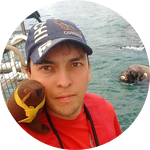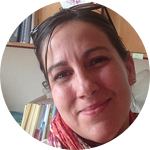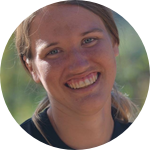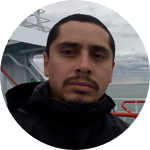About This Project
Bacterial resistance to antimicrobials has a significant influence on human and animal disease and health. It is a growing threat as more harmful bacteria become resistant to therapeutics. Bacteria producing Extended Spectrum Beta-Lactamases (ESBL) isolated from the intestines can be resistant to beta-lactam antibiotics (e.g. penicillin). Our aim is to isolate ESBL bacteria in mink, otters, and sea lions in two rivers in southern Chile and to determine their origin (e.g. pets).
Ask the Scientists
Join The DiscussionWhat is the context of this research?
Antibiotic resistance, has been detected in the microbiota of many terrestrial and aquatic wildlife species. In some cases it is a natural event, even when they have never received medical treatment in rehabilitation centers. Abuse of antibiotics in human and veterinary medicine and aquaculture have contributed to the development and global dissemination of antibiotic resistance, even in wildfauna, and Chile is no exception.
Enterobacteria (bacteria from the intestines) from different animal species are present in the environment and can easily spread with the help of rains, and therefore reach rivers, lakes and seas. Those bacteria can be identified and cultivated in labs, and they can give us a good approximation of transmission between animal species.
What is the significance of this project?
In 2015 the first study of antibiotic resistance in sea lions from the urban colony in Valdivia isolated extended spectrum beta-lactamases (ESBL) producing enterobacteria. Later on, several studies confirmed the results, detecting these bacteria in feces of sea lions (Otaria flavescens) and fauna associated to them (turkey vultures, black vultures brown-hooded gulls, cormorants, and sawfish). All these species interact with humans, since the sea lions live close to the fish market and next to the river.
Valdivia is also very close to the Pacific Ocean's shore, therefore this project will study other villages and towns close to the river, following the water courses from the Andes mountains to the coast, in search for these bacteria.
What are the goals of the project?
Our first goal is to determine the presence of antibiotic-resistant bacteria in minks. Depending on the number of minks captured, we will take a similar number of cat and dog samples. In a current project we have collected more than 70 samples of minks 80 cats and 34 dog samples. In the next 7 months we hope to have at least 130 samples of these species.
The second goal is to determine the presence of antibiotic-resistant bacteria in wild animals (otters and sea lions). These samples will be taken in live animals or fresh feces in the burrows or resting areas of these animals. In this moment, we cannot determinate the number of otter samples because they are an endangered species in Chile and the actual population in unknown. However, we have collected 8 samples of marine otters.
Budget
From the $5000 requested, $3500 are planed to fund the costs of bacterial cultures and antibiotic sensitivity analyses for 100 samples ($30/sample) over a one-year period.
$800 in funding will be allocated towards the sampling materials, including: tubes, globes, swabs, coolers.
Also, $500 will be considered for the sampling logistics, which include :gas, office supplies and sample transport.
Finally, $200 will be used to support an educational and public outreach component of the project, in order to design an informational brochure to be distributed at local venues and events focused on the environment and conservation, as well as in scientific and stakeholder meetings. An electronic version will be designed to help share our findings and increase awareness about the problem of antibiotic resistance in the marine environment in social networks.
Endorsed by
 Project Timeline
Project Timeline
The project is considered to be carried out in a one-year period. During 2019 samples from cats, dogs, minks, otters and sea lions, will be collected in 7 different towns from Southern Chile: Liquiñe, Los Lagos, Antilhue, Valdivia, Entrelagos, Trafún, Rio Bueno. During 2020, the stored samples will be processed in the lab and results will be analyzed. The outreach brochure will be designed and prepared by the end of this period.
Jun 03, 2019
Project Launched
Jul 01, 2019
Project launch (meetings and set up activities)
Jul 07, 2019
Field work starts (sample collection)
Feb 27, 2020
Field work finish
Mar 08, 2020
Lab analysis
Meet the Team
Affiliates
Team Bio
María José was the mentor of Francisco in the fieldwork and undergrad project with fur seals, and of Luis Miguel in the antibiotic resistance Master's project with sea lions.
Francisco and Meredith are currently working and participating in a project doing field work with minks, otters, cats and dogs, taking samples of all these species.
All of the team participated in the last conference of WDA Latin America in Mexico 2017.
Francisco José Muñoz Sanhueza
Hello friends, My name is Francisco (but in the science world, people call me Panchito the Sea Lion).
I was born in Santiago, but I moved to study in the more beautiful city of Valdivia, Chile. I studied at Austral University and graduated in 2013.
My favorite project was working on Guafo Island with fur seal pups which involved the study of diseases, and now I am working with minks on a conservancy medicine project. Also i participated in other projects of scientific diffusion like micro documentaries, and Scientific Tour Routes.
María José Navarrete Talloni
Originally from Santiago Chile, she studied Veterinary Medicine at University of Chile in Santiago, including an Internship in Pathology at the School of Medicine at the same University, graduating in 2004. In 2005 she was awarded a Barron Fellowship to enroll at the Master in Preventive Veterinary Medicine (M.P.V.M) at UCDavis. There, she worked at the Anatomic Pathology Laboratory and studied the mortality causes of oiled waterfowl and seabirds. After being awarded a Marie Curie Fellowship in 2006, she started a Ph.D. in Hannover ,Germany at the University of Veterinary Medicine in the Systems of Neuroscience Program (ZSN), looking for the immune response in the central nervous system and lymphoid organs in a murine model for multiple sclerosis.
In 2010 returned to Chile and moved to Valdivia to work as an Assistant Professor at Universidad Austral de Chile, to teaching and to do research and diagnostics in the field of animal pathology. Some of her research lines relate to marine mammal pathology, antibiotic resistance and emerging diseases in domestic animals and wildlife. Her favorite projects involved the study of diseases and death causes of sea lions in Chile (Isla Guafo and Valdivia). She is currently an Assistant Professor at Ross University School of Veterinary Medicine in Saint Kitts and Nevis.
Finally, she is devoted to science outreach and communication, participating in several projects to bring science closer to the public, especially to kids. While in Valdivia she coordinated a radio program “Sed de Ciencia", she was the curator of a small exhibition of stuffed animals with abnormalities and parasites from the Pathology Institute, and -together with Francisco Muñoz- she was the principal investigator on a project that created and organized Scientific Tour Routes .
Meredith Moeggenberg
Hello,
My name is Meredith. I was born in the Georgia, USA, lived in Sydney, Australia for 6 years, and currently am living in Valdivia, Chile. I graduated from University of Georgia in 2010 and then went to the University of Sydney where I graduated from veterinary school in 2017.
My passion is working with and protecting wildlife around the world. I have travelled to South Africa observing and learning about the wildlife. I have been to Thailand helping as a vet at an elephant sanctuary. I went to Nicaragua to help with a microbiome project on green turtle. I am currently working on a conservation medicine project involving minks and otters.
As a fun note, I enjoy scuba diving.
Luis Miguel Flores Velázquez
Hello , my name is Luis Miguel Flores Velázquez, Mexican from Mexico City. I studied veterinary sciences at the National Autonomous University of Mexico until 2011. In 2016 I started a Master in Veterinary Sciences and Animal Health at the Austral University of Chile, aiming to increase the current knowledge and understanding of the role played by the marine fauna in the development of bacterial resistance in the Chilean coast. In the same period I did an internship in Anatomic Pathology at the Institute of Animal Pathology at the Austral University of Chile.
I have worked in diagnostic services in post-mortem pathology, surgical pathology, histopathology and citopatology in the Veterinary Medicine and Zootechnics School at the National Autonomous University of Mexico since 2010 to 2013. After that, became chief of the veterinary medical services at the Zacango Zoo in Mexico City from 2014 to 2016.
At the present time I live in Valdivia, Chile where I work as a part time faculty for the School of Veterinary Sciences (Institute of Animal Pathology) and the School of Medicine (Institute of Pathology, Histology an Neurology).
Additional Information
The mink is an invasive species that connects domestic fauna with wildlife. It is often caught very close to houses where there are hens, even when there are dogs or cats.
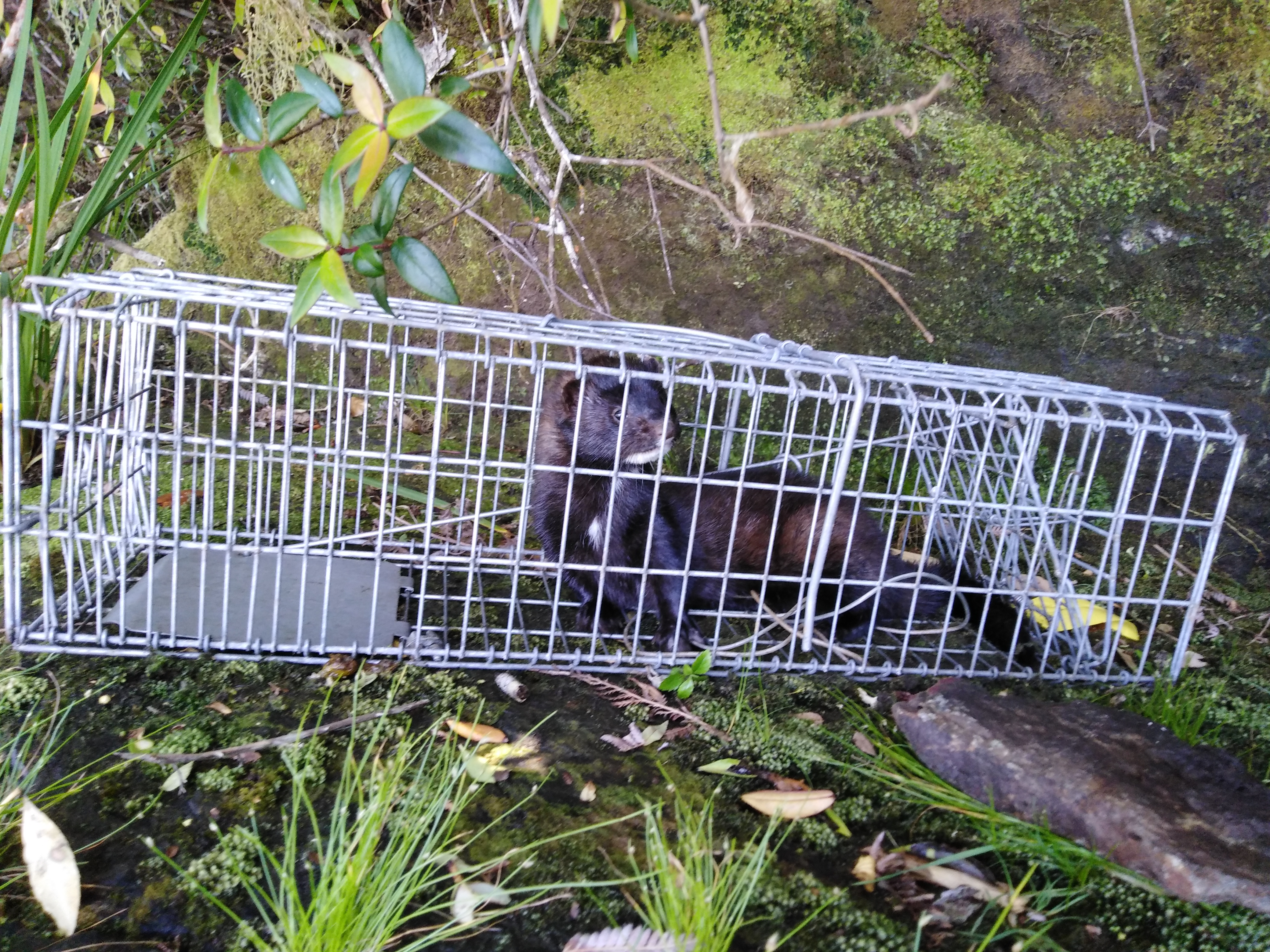
The dog in the picture was fighting with a mink one week ago.
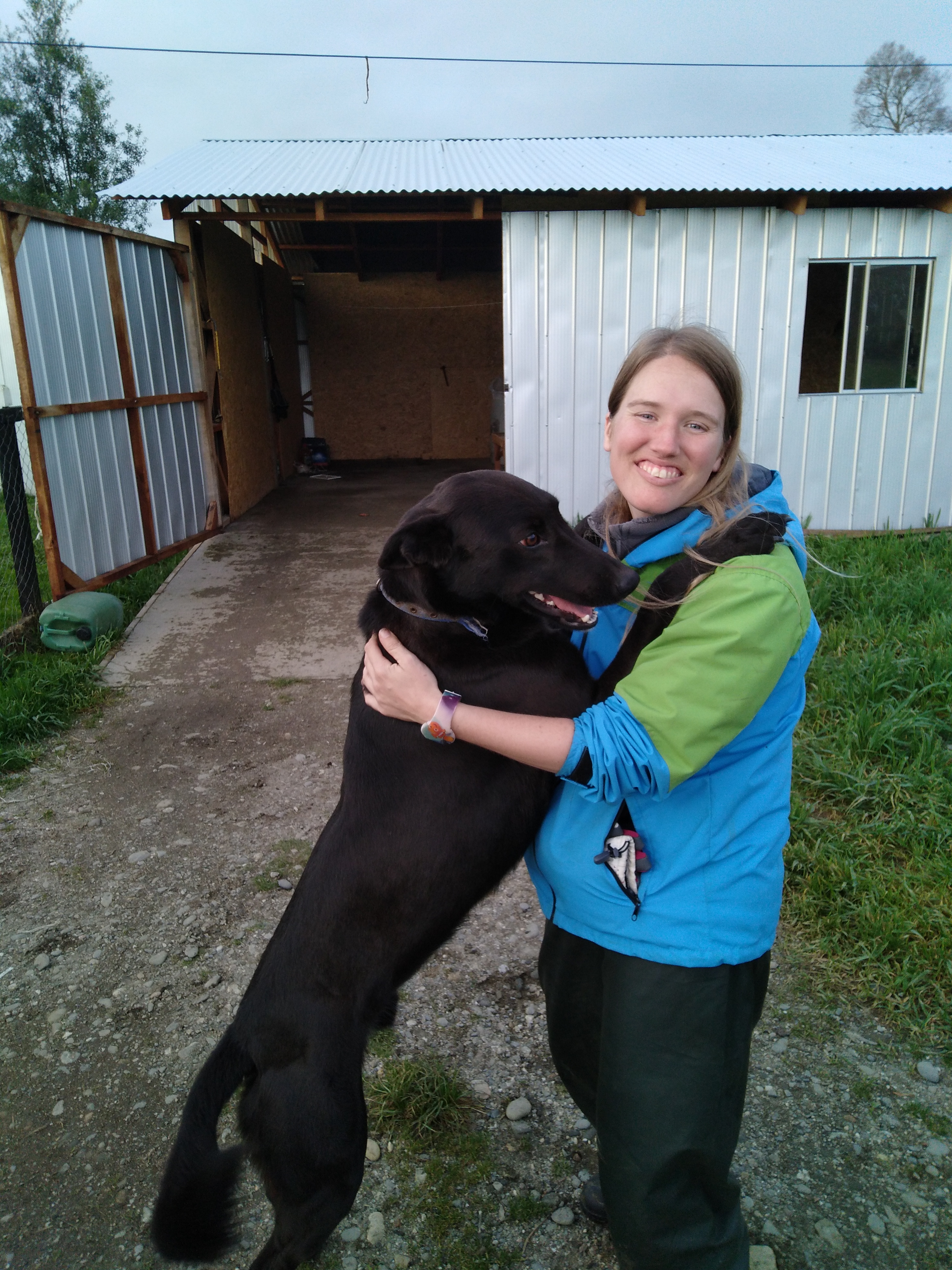
The more recent study of antibiotic resistance enterobacteria from feces of sea lion was made by Luis Miguel (team work member) in 2018, analyzing more than 160 samples. In the picture you can see a sea lion in one of the main streets of Valdivia. It is very common to see stray dogs barking to the sea lions or defecating in the street.
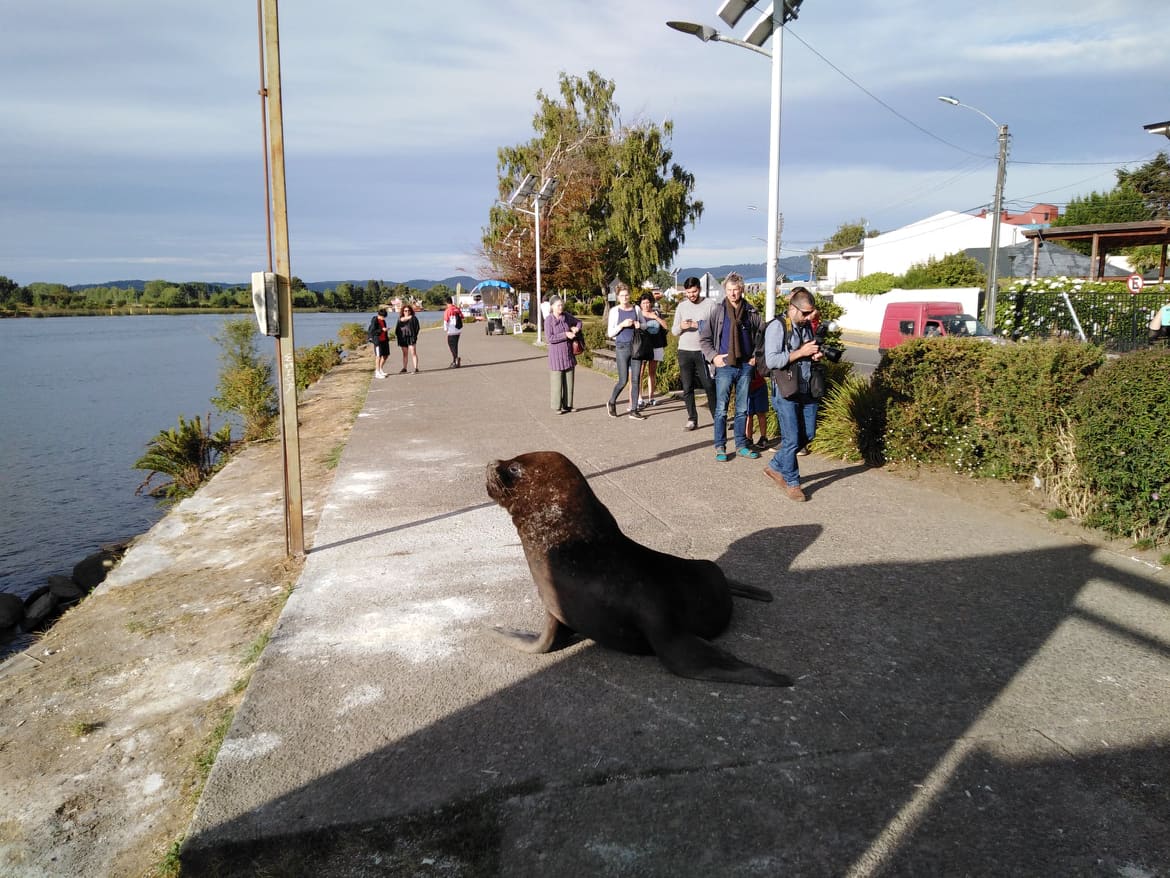
A river otter burrow. The scratch in the wall is characteristic of this specie, but we found mink feces in the same place... is there a link?
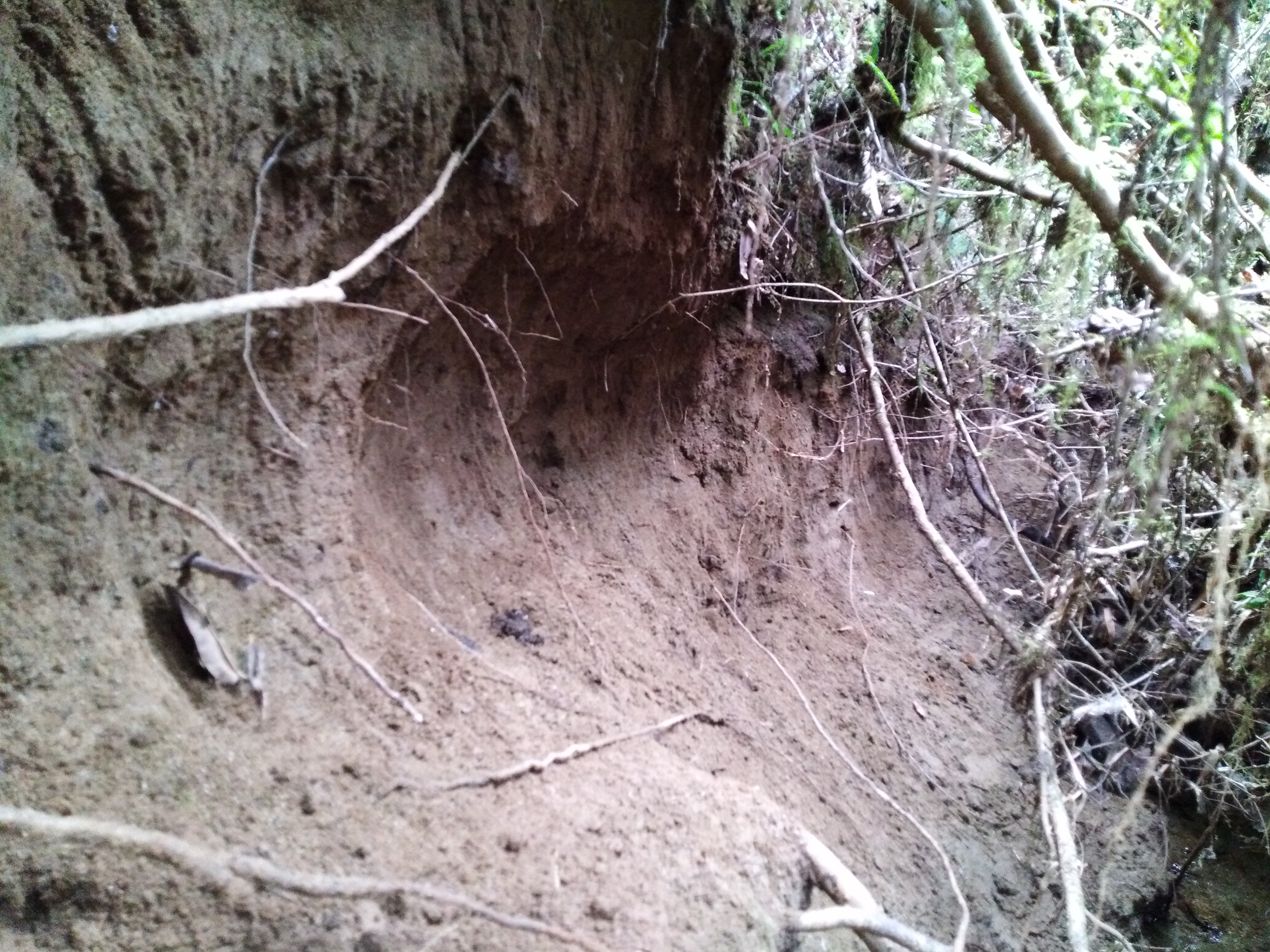
Valdivia river, the link between the sea lions and the minks.
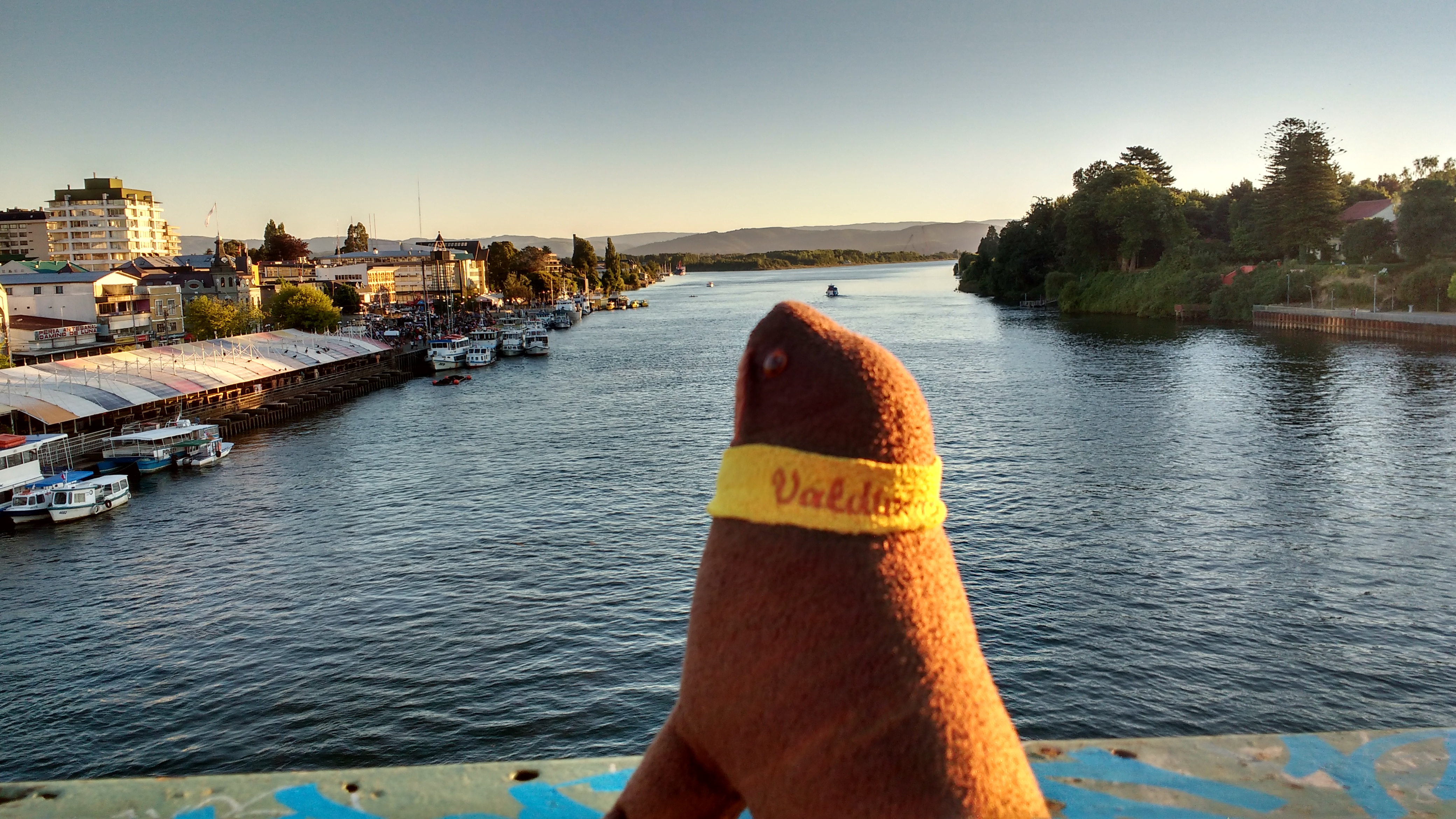
Project Backers
- 4Backers
- 4%Funded
- $175Total Donations
- $43.75Average Donation

